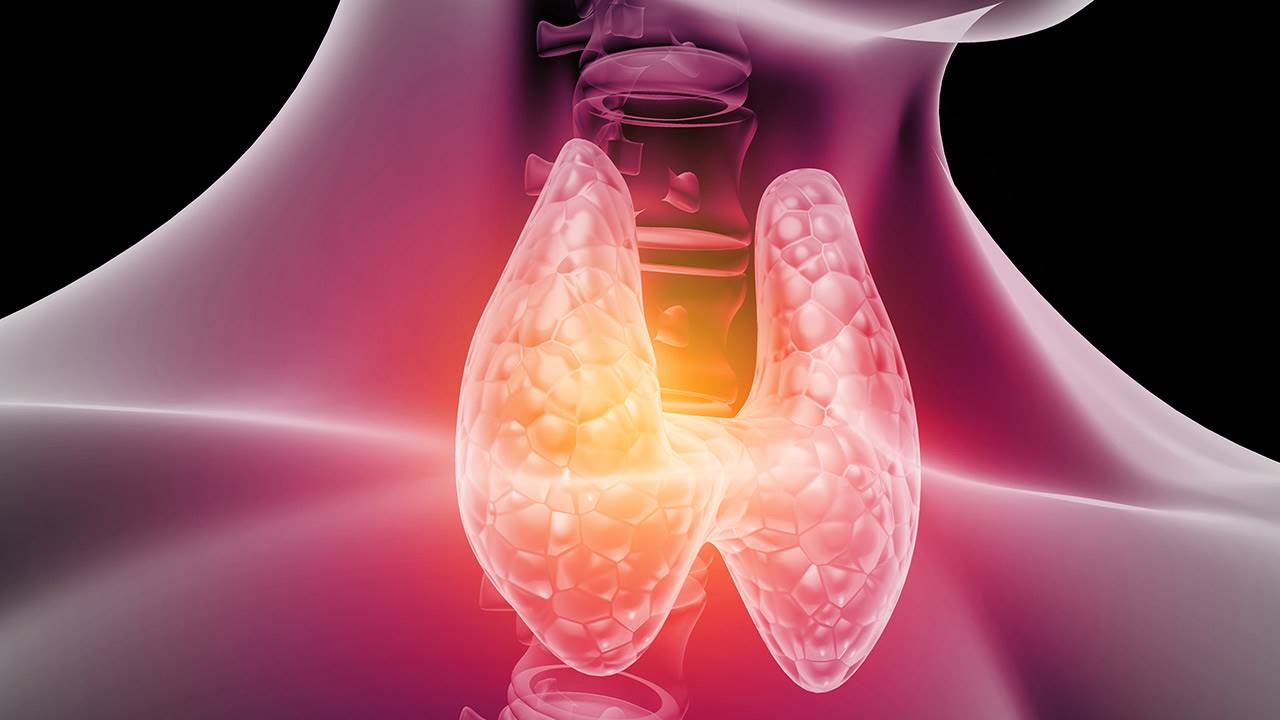HYPOTHYROIDISM? OSTEOPATHY CAN HELP YOU…
Do you always feel tired, even if you sleep a lot? Can’t stop gaining weight, and you think it’s not related to what you eat? Do you suffer from constipation, irregularities in your cycle or muscle pain? Continue reading, you may suffer from hypothyroidism and not know it, and at Somsalut through osteopathy we can help you.
The thyroid is an odd-numbered gland that is located on the front side of the neck, above the breastbone, and is shaped like an H or a butterfly. This gland produces the so-called thyroid hormone , which is involved in the correct metabolic functioning of all organs: heart, digestive system, muscles, skin, blood cells…
When the amount of thyroid hormone is less than desirable, the person suffers from hypothyroidism, and we can recognize it by the following symptoms :
-
Weight gain
-
Fatigue or lethargy.
-
Intolerance to cold.
-
Constipation
-
depression
-
Decreased body temperature (hypothermia).
-
Cramps and muscle cramps.
-
Increased blood cholesterol levels.
-
Menstrual irregularities, fertility problems.
-
Hair loss or becoming fine, rough, and brittle.
-
Decreased heart rate (bradycardia).
-
Enlargement of the tongue (macroglossia).
-
Deep, hoarse voice.
-
Dry, cold, and rough skin.
In the medical field, TSH (thyroid-stimulating hormone) and T4 (thyroid hormone) levels are checked through a blood test. An ultrasound may also be done to rule out the presence of a thyroid nodule or enlargement, or a computer-assisted tomography (CT) scan, among others.
Even so, it is an underdiagnosed pathology in the current health system, since the levels of TSH considered normal in an analysis include very distant figures. This means that many people suffer from hypothyroidism without knowing it and that no one gives them an explanation or a solution to the symptoms they suffer from.
Sustained stress over time, and lack of iodine, are some of the causes of hypothyroidism.

HOW CAN OSTEOPATHY HELP YOU IF YOU SUFFER FROM HYPOTHYROIDISM?
- Working on the primary respiratory movement (MRP) of the thyroid gland. The MRP is a movement that possesses all the glands of the body that should be 4 seconds of inspiration and 4 seconds of expiration. An increase in the rate of MRP would result in hypofunction (hypothyroidism) and a decrease in the rate of MRP in hyperfunction (hyperthyroidism).
- Freeing the mobility of the thyroid gland. The thyroid is surrounded by muscles and fascia (membranes) to which it can become attached, impairing its mobility and at the same time its function. Working the musculature above and below the hyoid bone and the superficial, middle, and deep cervical fascia will improve this component.
- Freeing the bone frame. The function of the thyroid gland does not only depend on itself, it also depends on the correct functioning of the pituitary gland (a very important gland, which is located inside the skull). For this reason, we will check the correct mobility of the cranial sutures, as well as the mobility of the pituitary gland.
- Working the arteries that feed the thyroid gland. The thyroid gland is nourished through 4 arteries (2 superior thyroids and 2 inferior thyroids), releasing the mobility restrictions we find there, we will improve its blood supply.
- Improving the nervous supply of the thyroid gland. The thyroid gland receives nerve branches from the upper cervical ganglion and the vagus nerve, freeing its path, we will also improve its function.
Sometimes just by working on these structures and following some dietary advice you can end your discomfort. In other cases , you may also need temporary pharmacological help to be able to reverse the symptoms. Either way, it’s important to act as soon as possible.
Now you know we can help you. Consult us if you have any doubts, we will provide you with the information and dietary advice you need for your specific case.
References
http://www.teknon.es/blog/es/vida-saludable/16-sintomas-hipotiroidismo
https://medlineplus.gov/spanish/pruebas-de-laboratorio/prueba-de-tiroxina-t4/
Photo: Zoe
